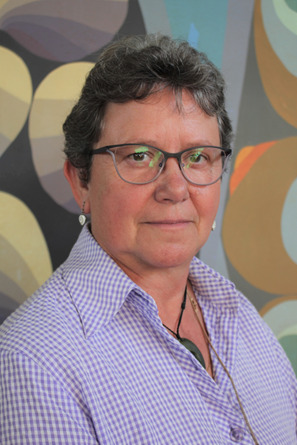Teachers rally to change work conditions
The teacher strike is ‘not just about pay’ , workload manageability and attracting people into the profession are key concerns
By Benji Allen – Wintec – Te Pūkenga journalism student
A total of 50,000 teachers around the country, including 2,800 Waikato Post Primary Teachers Association members are downing tools today.
The association wants a base pay rate rise of 7.3 per cent followed by further increases of 5.2 per cent this year and 3.6 per cent next.
But PPTA chair Waikato and digital tech teacher, Francis van Buren-Schele, said the collective agreement wasn’t just about pay.
“We also need effective workload controls to make teaching manageable and enable teachers to bring their best selves to the classroom every day,” she said.
The PPTA points to figures showing teachers are walking away from the classroom.
The Education Counts website reports that almost 5000 teachers left the industry in 2020. The number of new teachers entering the profession fell by 7.5% the following year – when secondary school teachers their most recent pay rise.
Two years on, with the collective agreement lapsed, negotiations began to address work conditions and entry level pay.
“The fact of the matter is that there are thousands of highly qualified, trained and experienced teachers right here in communities throughout Aotearoa who would come back tomorrow to do the job they love if they were better paid and their workloads were manageable”
PPTA Chair- Frances van Buren-Schele
The Ministry of Education and the PPTA both say the strike is an unwanted disruption.
“The reality is that there is no ‘perfect’ time to strike and indeed, we would much prefer not having to strike at all. We wish the government had made us a decent offer by now,” van Buren-Schele said.
Senior manager at Education Workforce Mark Williamson said some progress had been made in negotiations but there were still outstanding issues that he hoped could be resolved.
But the PPTA says under the Ministry’s current proposal the average entry level qualified secondary teacher will not receive pay that reflects cost of living or inflation rates.
It says the offer amounts to an 11 per cent pay cut in real terms.
A teacher just starting the profession could expect to earn $60,000 as a starting rate from 2024.
The Ministry of Education’s projections look at increasing teacher numbers.
It cites cabinets’ announcement to allocate $23.626 million to increase teacher supply by 177 domestic teachers and 760 international teachers as a much needed boost, particularly for Māori and Pacifica training programmes.

Francis van Buren-Schele said aiming to hire more than 700 teachers from overseas in an extremely competitive international market “seems very optimistic”.
“The fact of the matter is that there are thousands of highly qualified, trained and experienced teachers right here in communities throughout Aotearoa who would come back tomorrow to do the job they love if they were better paid and their workloads were manageable”
“That would be the soundest investment the Government could make.”




